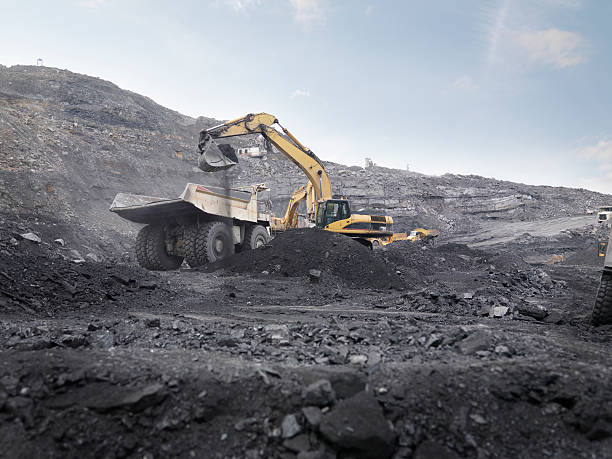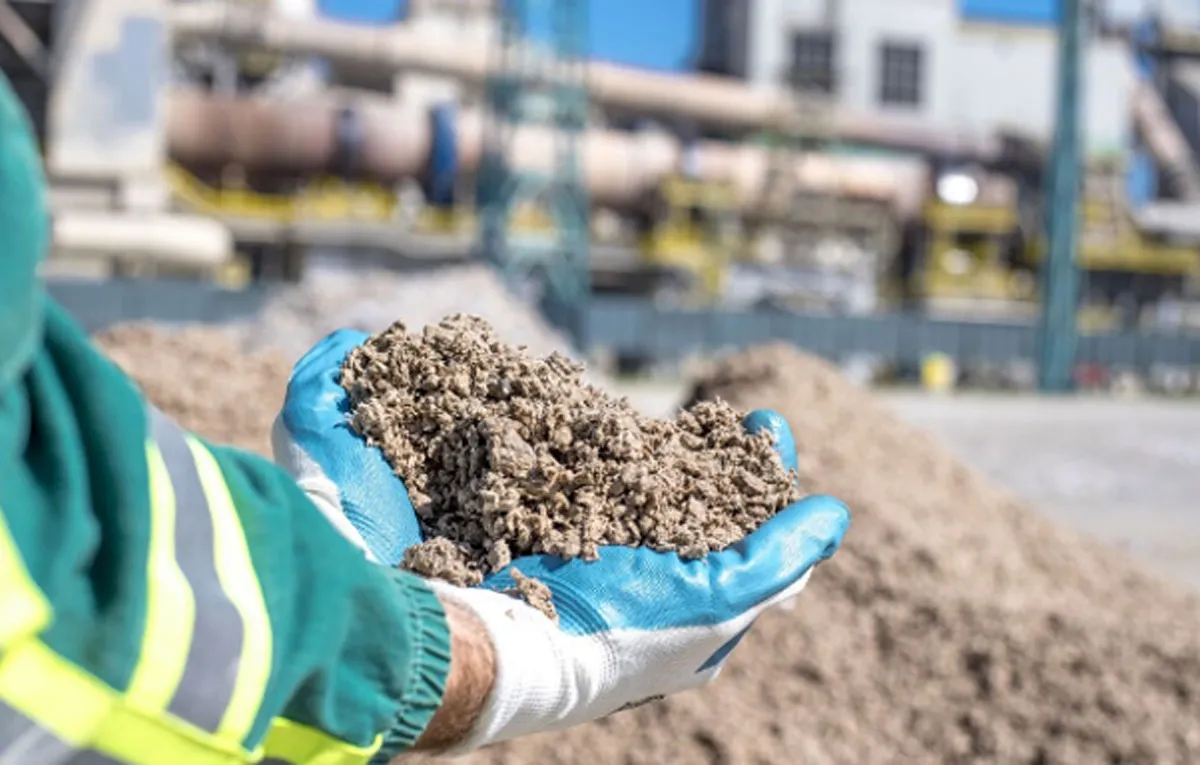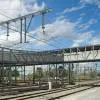
CM Yogi urges power officials to maintain power supply in UP

Cement Makers Positive on H2 Demand Outlook
The leading cement producers have posted high single-digit volume growth and better sales realisation in the July–September quarter, setting a positive tone for the second half of FY26. Companies are upbeat on demand prospects, supported by a strong housing sector and continued government spending on major infrastructure projects. UltraTech, Ambuja Cement, Shree Cement, Dalmia Bharat and Nuvoco Vistas recorded revenue growth of up to 18 per cent in the September quarter. The rise was driven by firm realisations, softer input costs and an increased share of premium products. With coal price..

Noida Office Rentals Rise 18% in Six Years, Prime Districts up 29%: C&W
Noida’s office market has recorded an 18 per cent rise in average rentals over the past six years, underscoring the city’s growing appeal as a corporate hub, according to a new report by Cushman & Wakefield.In its study, Noida – Runway for Growth, the consultant noted that prime locations such as Sector 16 and Film City logged a sharper 29 per cent jump in rents, reflecting sustained demand and improving business infrastructure. As of September 2025, Noida’s office stock stands at 43.4 million sq ft, including 26.6 million sq ft of Grade A+ space.The report shows average rentals no..

Mount K Kapital Launches Rs 40-Bn Second Fund for Pan-India Real Estate Bets
Mount K Kapital, the realty-focused investment platform backed by the Rustomjee Group, has raised its second real estate fund of about Rs 40 billion, marking a major scale-up in its investment strategy.Binita Dalal, founder and managing partner, said the fund will finance 10–15 projects currently being identified across the Mumbai Metropolitan Region (MMR), Delhi-NCR, Bengaluru and Pune. The vehicle—supported by strong but undisclosed general and limited partners—will step in at the acquisition stage and continue funding through the development cycle in partnership with developers.Dalal ..
















